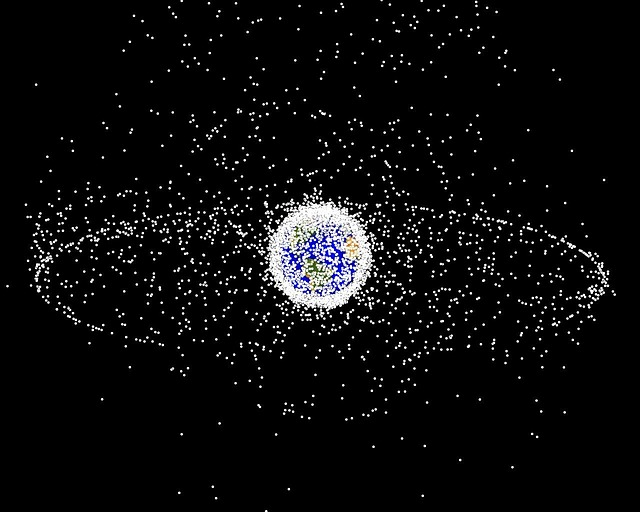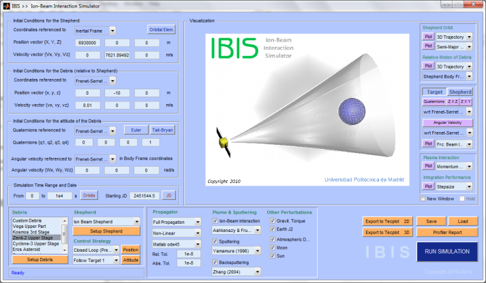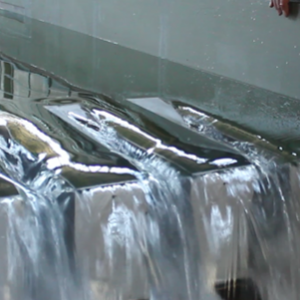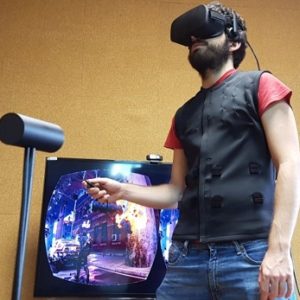Brief description of the technology solution and the added value it provides
IBIS (Ion Beam Interaction Software) is a highly advanced numerical simulation tool oriented to the end-to-end design and analysis of Active Space Debris Removal missions using a novel removal concept based on contactless ion beam actuation and known as Ion Beam Shepherd (IBS). This software combines in a single code a collection of cutting-edge models and algorithms covering every technology area relevant to the IBS concept, ranging from orbital mechanics to space electric propulsion, plasma plume expansions, plasma-body interaction, proximity formation flying or guidance, navigation and control laws. IBIS includes a complete set of functionalities and features required for a full mission design, evaluation of performances and subsystem-level optimization, based on over 20 years of research in the Technical University of Madrid in these fields, brought under an intuitive graphical user interface that puts all our expertise at the fingertips of both experts and professional.
Description of the technological base
IBIS combines, within a multi-physics approach, a set of algorithms for studying both the orbital mechanics and plasma physics, along with the plasma-body interaction dynamics, aimed at the study of the Ion Beam Shepherd concept, the analysis of its performance and the design of Active Space Debris Removal missions relying on this concept. Thus, IBIS succeeds to bring together an unprecedented combination of advanced algorithms and models, ranging from the coupled orbital and attitude dynamics and the relative orbital motion, to the plasma beam expansion and the interaction with the space debris, along with the momentum transfer, quantification of the back-sputtering or evaluation of the control algorithms, providing fast and precise results from a functional and appealing graphical user interface.
“The IBIS software gathers a complete set of advanced models, algorithms and functionalities for an end-to-end design and analysis of an Ion Beam Shepherd mission and its performances”
Market demands
- The safe exploitation of space as a resource for humanity is endangered by 6000 tons of space debris, causing on average one collision every 10 years. The last collision happened between the Iridium 33 and Cosmos 2251 on February 10th, 2009.
- In 2011 NASA reported 9 collision avoidance maneuvers, incurring in undesired operational costs. The frequency of collision avoidance maneuvers is expected to increase every year.
- New launches in the coming years will contribute to increase the population of space debris at the end of their lifetime.
NASA and other space agencies claim that, even if no new objects are launched into orbit, the population of space debris will continue increasing due to collisions of existing objects. - Space agencies have issued recommendations to deorbit future satellites and launcher upper stages in a reasonable time, as a partial solution to the space debris problem, a.k.a. Passive Space Debris Removal.
- However, Passive Space Debris Removal is not enough to asses the space debris problem, because it does not reduce the current population of space debris. It is therefore necessary to combine these measures with Active Space Debris Removal.
- According to NASA, the removal of a few big sized objects from orbit would suffice to reduce the current collision risk an order of magnitude.
“Countries will soon need to face the problem of Space Debris and plan Active Debris Removal measures, where the Ion Beam Shepherd concept certainly stands as one of the safest and most efficient solutions.”
Competitive advantages
- Built-in databases of space debris objects and other geometries, materials and thrusters are provided.
- Geometries, sensors, actuators, control algorithms and many other subsystems are fully customizable.
- Accurate estimates of the fuel consumption, back-sputtering contamination, control forces and torques, and other derived quantities are also provided.
- IBIS incorporates algorithms and features matured throughout many years of active development.
- Data input/output and graphical representation of results are integrated within a graphical user interface.
Development stage
-
Concept
-
Research
-
Lab prototype
-
Industrial prototype
-
Production
Contact
Contacto IBIS
Hodei Urrutxua · Claudio Bombardelli
e:
w: http://sdg.aero.upm.es
Contacto UPM
Área de Innovación, Comercialización y Creación de Empresas
Centro de Apoyo a la Innovación Tecnológica – UPM
e:















